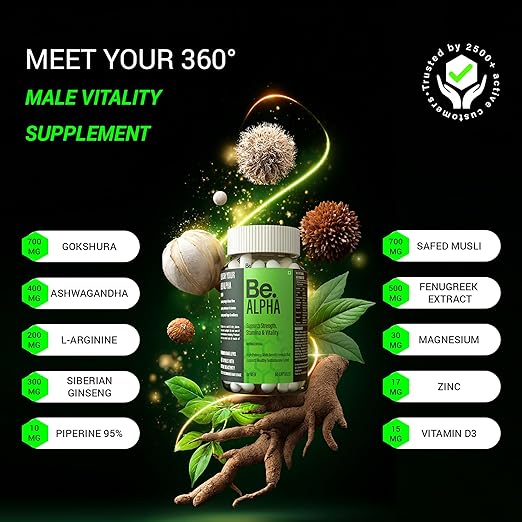Ways to Overcome Digital Marketing Optimization Challenges
Digital marketing is one of the most powerful ways to grow your business, drive engagement, and build long-term customer relationships. But achieving complete optimization across campaigns, channels, and touchpoints is not always easy. If you’ve ever wondered, “Is Your Business Struggling to Achieve Optimized Digital Marketing?” you’re definitely not alone. Many brands face similar roadblocks—from poor strategy alignment to inconsistent analytics, slow execution, and fragmented customer experiences. The good news? With the right approach, you can overcome these challenges and unlock higher ROI, improved visibility, and sustainable digital growth. Below are some of the most effective ways to resolve common digital marketing optimization challenges and build a high-performing marketing ecosystem.1. Start With a Clear and Data-Driven Digital Marketing Strategy
One of the biggest reasons businesses fail at digital optimization is the absence of a clear strategy. If you don’t know what you want to achieve, you can’t optimize your digital efforts effectively.How to fix it:
- Define your marketing goals—brand awareness, lead generation, conversions, retention, or revenue?
- Map your customer journey from awareness to purchase.
- Identify your key digital channels (SEO, social media, paid ads, email, etc.).
- Allocate budgets based on ROI potential and past performance.
- Use analytics and competitive insights to shape your strategy.
2. Strengthen Your SEO and Content Optimization
Search engine optimization and high-quality content are at the core of digital success. However, many brands treat SEO as a one-time task, not a continuous process.How to optimize SEO effectively:
- Conduct detailed keyword research on user intent and trending topics.
- Optimize on-page elements: titles, headers, meta descriptions, alt tags, and URLs.
- Improve website loading speed, mobile responsiveness, and site structure.
- Update old content regularly to improve relevance and rankings.
- Create valuable, informative, and engaging content consistently.
3. Leverage Marketing Automation for Personalization & Efficiency
When processes are manual, digital marketing becomes slow, inconsistent, and difficult to optimize. This is where marketing automation becomes a powerful solution. Tools like HubSpot, Mailchimp, ActiveCampaign, and Salesforce Marketing Cloud can help you:- Personalize customer experiences at scale
- Automate repetitive tasks like emails, follow-ups, and segmentation
- Deliver targeted messages based on behavior
- Improve conversions with drip campaigns
- Analyze performance more accurately
4. Improve Your Website and Landing Page Performance
A website is your digital storefront. If it loads slowly, looks cluttered, or doesn’t guide users properly, you will struggle to optimize conversion performance.Ways to optimize website performance:
- Improve page speed—compress images, enable caching, optimize code.
- Use a clean, intuitive, and mobile-first design.
- Ensure strong CTAs (calls-to-action) across pages.
- Build conversion-focused landing pages for campaigns.
- Make navigation easy and friction-free.
- Add heatmaps and user behavior analytics to refine the UX.
5. Use Analytics to Drive Smarter Decisions
Digital marketing cannot be optimized without consistent monitoring and analysis. Many businesses track too many metrics—or worse, none at all.Focus on the right metrics:
- Website traffic and user behavior
- Engagement rate across platforms
- Conversion and bounce rates
- CAC (customer acquisition cost)
- ROI of paid campaigns
- Email open and click-through rates
Key optimization tools include:
- Google Analytics
- Semrush / Ahrefs
- Hotjar / Crazy Egg
- HubSpot Analytics
- Google Search Console
6. Optimize Paid Ad Campaigns for Higher ROI
Paid advertising can quickly drain budgets if not optimized correctly.How to optimize ad performance:
- Always run A/B testing for creatives and copy.
- Improve audience targeting based on intent and demographics.
- Use remarketing to re-engage users.
- Optimize landing pages to align with ad promises.
- Track CPA, CTR, ROAS, and conversion quality.
7. Maintain a Strong Social Media Presence
Social media optimization goes beyond posting regularly. It’s about storytelling, engagement, and brand building.Ways to optimize social activity:
- Post high-quality, valuable content consistently.
- Use platform-specific strategies (Reels, carousels, polls, etc.).
- Engage with followers through replies, comments, and DMs.
- Collaborate with influencers or micro-creators.
- Track insights to improve reach and engagement.
8. Build a Customer-Centric Email Marketing Strategy
Email remains one of the highest ROI channels—but only when done right.Optimize email marketing by:
- Segmenting your audience based on behavior, interests, and stages.
- Personalizing email content and subject lines.
- Automating follow-up sequences and onboarding flows.
- Testing send times and content formats.
- Monitoring engagement to improve future campaigns.






